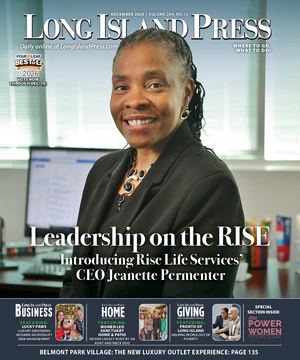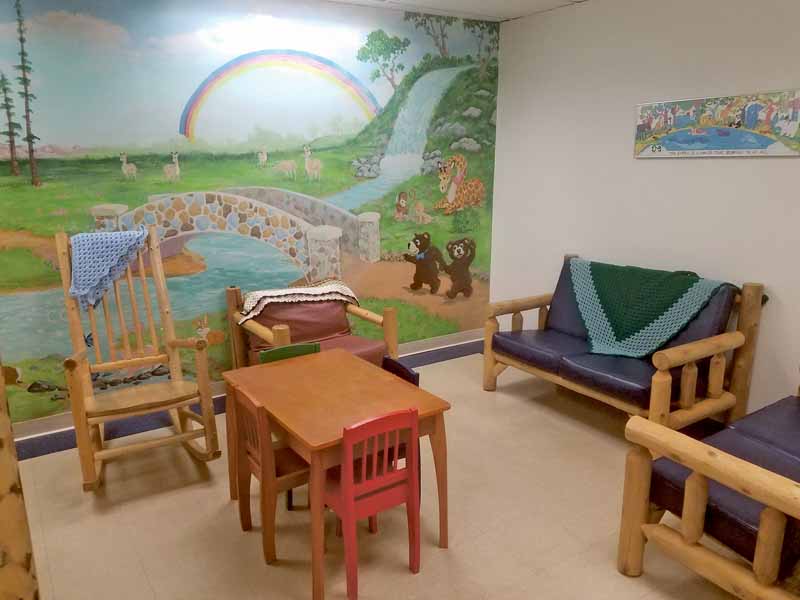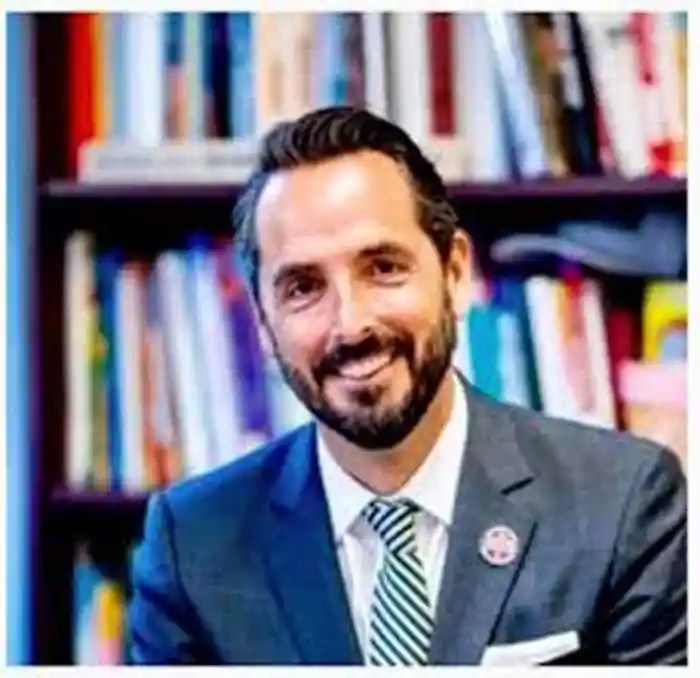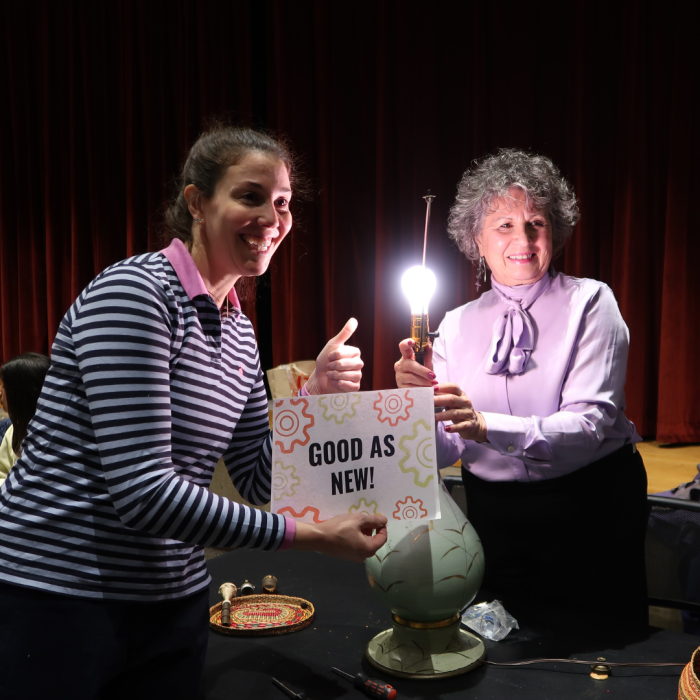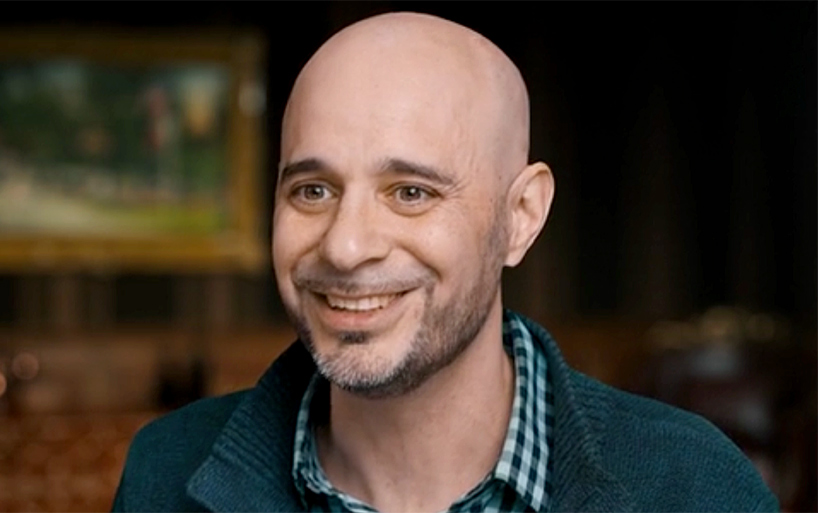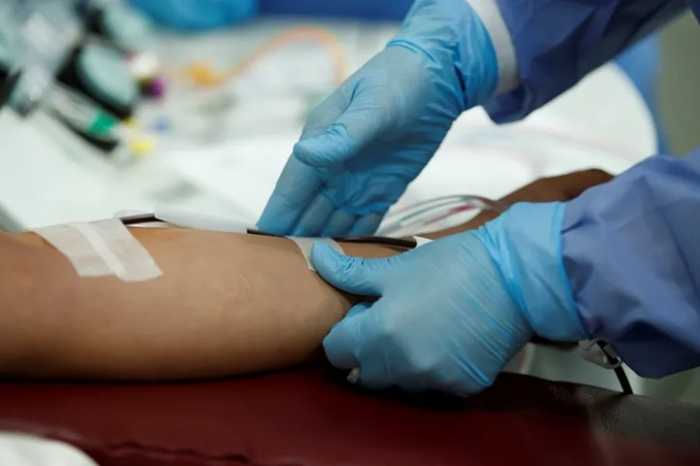
When New York State Governor Andrew Cuomo issued a multi-point executive order on March 22 aimed to enable people to practice social distancing as much as possible, the rationale was simple: the more people who can work from home and limit face-to-face contact outside of the members of their household, the better chance the Empire State has of slowing the progression of coronavirus.
“We know the most effective way to reduce the spread of this virus is through social distancing and density reduction measures,” Cuomo said in a statement. “This executive order builds on the actions we have taken to reduce the spread of the virus and protect the wellbeing of our friends, colleagues and neighbors.”
People across Long Island are heeding the calls of experts and public officials to stay at home when they can. But that new normal is breeding a nightmare scenario for the island’s abuse victims, often forcing them into close quarters with an abusive spouse or family member with no immediate hope of escaping their proximity.
“One of the things I learned early on in life as an abused child is the longer you stay around an abuser, the greater the chances are that you’re going to get abused,” Steve Simpson, a child abuse survivor from Levittown who has spoken and written extensively about his experience, said of the situation. “These kids are now surrounded by their abusers.”
The coronavirus crisis and the resulting economic panic that rides in its coattails exacerbate a number of the leading causes of both domestic and child abuse, experts say.
“The more stressed an environment is for an abuser, the more likely they are to act out,” Keith Scott, director of education for The Safe Center LI, said. “In 2008 during the financial crisis, we had an increase in ER visits for child-abuse instances. In an abuser’s mindset, when you add the panic from COVID-19 to the close quarters of being quarantined and financial insecurity, that creates the perfect storm for abusers to lash out.”
The Safe Center, which opened in 2014 as a shelter and resource center for abuse victims, still has remote services during the pandemic. But Scott said the center has yet to see an uptick in calls that might be associated with the quarantined. He speculated that might be because people are unable to reach out given their current circumstances.
“Maybe we’re not seeing calls because when can a person call,” Scott said. “If their spouse is in the next room how could they possibly call and reach out for help? Some people can’t even make a phone call without permission.”
Simpson believes the crisis will result in increased instances of runaways and suicides among abused youth.
“When things look hopeless, as adults we understand it can’t possibly last forever but young people don’t have that grasp,” he said. “Unfortunately, you’ll see a spike in runaways and suicides.”
But while the situation seems dire, abuse victims are not without resources tailored to help them get through this time. The Safe Center’s shelters are still fully operational, and its array of legal, counseling and advocacy services are still available remotely for anybody interested. The Safe Center has a 24/7 hotline for victims at 516-542-0404, where they can get help or get information on the agency. Visit www.tscli.org. for more info.
Additionally, Simpson pointed out two hotlines providing crucial assistance to victims: the National Suicide Prevention Lifeline at 1-800-273-8255 and the National Runaway Safeline at 1-800-786-2929, both of which are available 24/7.
For people unable to leave the company of their abuser, Scott suggests they have a trusted family member or loved one call the Safe Center hotline for them. The hotline can relay contact information to that middleman and advise how the victim may best protect themselves.
For anybody planning to leave their abuser or help a loved one leave, Scott further stressed the importance of calling the hotline to speak with experts on the matter before putting themselves at additional risk.
“The most dangerous time for an abuse victim is when they try and leave their abuser,” Scott said. “That’s why it’s really important to get them guidance from the hotline and from domestic violence so they can coach the person on how to best keep themselves and their families safe.”
Simpson’s books on his experience, available online at www.powerpublishingcorp.com, are packaged to look like typical young adult fantasy and sci-fi novels to conceal their true contents from any abusive member of the household. Each of his books also comes with an abuse survival handbook for teens and young adults.
—Additional reporting by Christopher Birsner and Gail Flug
